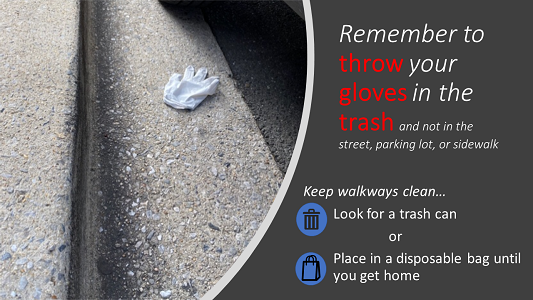Stormwater Discharges from Industrial Activities

Important News
-
EPA signed and issued the 2021 Multi-Sector General Permit (MSGP) for industrial stormwater discharges on January 15, 2021. The 2021 MSGP will become effective on March 1, 2021 and will replace the 2015 MSGP. For more information, see EPA’s 2021 MSGP.
-
EPA’s 2015 MSGP expired on June 3, 2020, and was administratively continued for discharges that were covered prior to permit expiration. Beginning March 1, 2021, operators must submit a new Notice of Intent to obtain authorization to discharge in accordance with the deadlines set forth in Part 1.3.3. of the 2021 MSGP.
- EPA issued a No Action Assurance for new facilities that commence discharging stormwater between June 4, 2020 and March 1, 2021.
- No Action Assurance Memorandum
- For Frequent Questions with Answers, see EPA's 2015 MSGP.
- EPA has improved the security of the NPDES e-Reporting Tool (NeT) to ensure organizations only have access to their permit forms and information. NeT users will now "own" or have access to specific NPDES IDs to prepare or submit: Changes to NOIs, Notices of Terminations (NOTs), or Annual Reports associated with that NPDES ID.
Industrial Stormwater Overview
Material handling and storage, equipment maintenance and cleaning, and other activities at industrial facilities are often exposed to the weather. Runoff from rainfall or snowmelt that comes in contact with these activities can pick up pollutants, and transport them directly to a nearby river, lake, or coastal water or indirectly via a storm sewer and degrade water quality.
Federal regulations at 40 CFR 122.26(b)(14)(i)-(xi) require stormwater discharges associated with specific categories of industrial activity to be covered under NPDES permits (unless otherwise excluded). One of the categories—construction sites that disturb five acres or more—is generally permitted separately because of the significant differences between those activities and the others. The 11 categories of regulated industrial activities are:
- Category One (i): Facilities subject to federal stormwater effluent discharge standards at 40 CFR Parts 405-471
- Category Two (ii): Heavy manufacturing (e.g., paper mills, chemical plants, petroleum refineries, steel mills and foundries)
- Category Three (iii): Coal and mineral mining and oil and gas exploration and processing
- Category Four (iv): Hazardous waste treatment, storage, and disposal facilities
- Category Five (v): Landfills, land application sites, and open dumps with industrial wastes
- Category Six (vi): Metal scrapyards, salvage yards, automobile junkyards, and battery reclaimers
- Category Seven (vii): Steam electric power generating plants
- Category Eight (viii): Transportation facilities that have vehicle maintenance, equipment cleaning, or airport deicing operations
- Category Nine (ix): Treatment works treating domestic sewage with a design flow of 1 million gallons a day or more
- Category Ten (x): Construction sites that disturb 5 acres or more (permitted separately)
Category Eleven (xi): Light manufacturing (e.g., food processing, printing and publishing, electronic and other electrical equipment manufacturing, public warehousing and storage)
EPA has authorized many states to administer the NPDES stormwater permitting program. Most industrial facilities will need to obtain NPDES permit coverage through their state. EPA remains the permitting authority in a few states, most territories, and most Indian country. For industrial facilities located in those areas, permit coverage is available under EPA’s 2021 Multi-Sector General Permit (MSGP).
- Authorization Status for EPA's Construction and Industrial Stormwater Programs – Find out if EPA or your state is the permitting authority for industrial activities.
